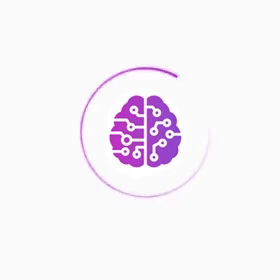
A Breakthrough in Open Source: Why the PyTorch 3.0 Release Matters
In late May 2025, the PyTorch community announced the release of the third version of the platform — one of the most popular frameworks for neural network training and AI product development. As highlighted by the PyTorch Blog, Ars Technica, and VentureBeat, this is the biggest update in recent years, marking a new phase in open innovation.
What’s New: Hybrid Models and Mixed Training
The main feature of PyTorch 3.0 is support for hybrid models, combining different types of neural networks (convolutional, recurrent, transformers) in a single project. Now developers can build complex architectures to process text, images, audio, and video on a single platform. This is especially important for next-generation multimodal AI systems.
Tools for Researchers and Business
The new version provides an expanded set of tools for quick debugging, training monitoring, layer visualization, and error diagnostics. Integrations with popular machine learning libraries and cloud platforms have been added. Thanks to this, PyTorch remains a leader in both scientific and commercial projects.
Open Source as a Driver of Progress
PyTorch 3.0 is fully open — the entire source code is available on GitHub, and the community actively publishes tutorials, benchmarks, and examples. The open-source approach guarantees rapid adoption of new technologies, and the best solutions from the scientific world become instantly available to the industry.
Community and Developer Contributions
PyTorch is supported by both major IT companies and independent developers from around the world. This release pays special attention to documentation and learning materials: every user can contribute and suggest improvements. This speeds up knowledge sharing and improves the quality of the final product.
Prospects: The Future of Mixed AI
Experts believe that hybrid models and support for multimodal solutions are the next step in artificial intelligence. PyTorch 3.0 is already being used to create intelligent assistants, diagnostic systems, image generation, and business automation.
